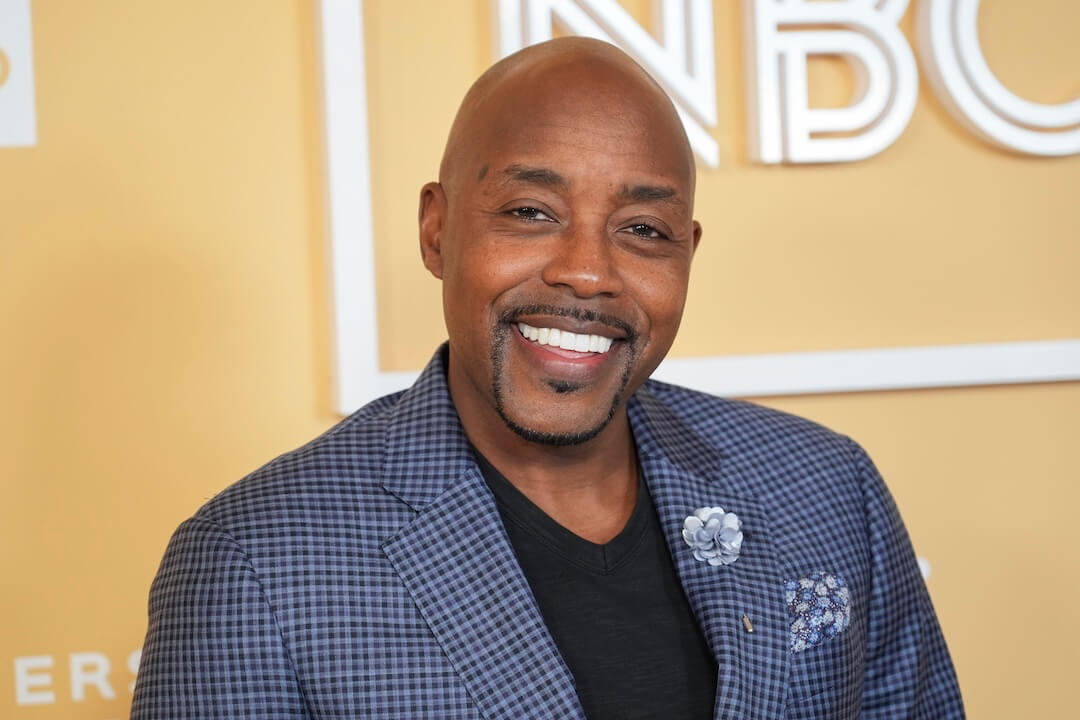The girls were ghetto dancing to a song by Nelly, a student said.
I thought, “Ghetto dancing”? Are you serious?
Disbelief hung across my face. Did she have to use the word “ghetto”? What was that supposed to mean?
During a class discussion, a classmate was describing how a group of African girls had danced to a rap song. I failed to see the correlation between their dancing and the ghetto. If it were physically possible, my ears would have cringed every time I heard the word “ghetto.” It was often used to refer to the black culture or things that were run down.
I sat silently. The only noise I could utter was an uggghh under my breath. I was the only black student in the class, which was typical. I was probably the only who was offended.
I attended Belmont University, a predominantly white college in Nashville, Tenn. Many of the students lived in communities and went to high schools where they had little or no contact with black people. Thus, many of them had assumptions and stereotypes.
One common assumption was that most black students were on the basketball team. When I had more than one friend visiting, one of my roommates described it as a “party.” Sometimes I didn’t challenge the assumptions. I didn’t want to be labeled an angry black woman. Or, I didn’t want to give an entire U.S. history lesson about black people so the person would understand the greater context.
I grew up in a small town in Alabama. To the white people there, we were suspicious because we were black people. Bank tellers put money on the counter rather than in my extended brown hand. Racism and prejudice were the norm for me. They still are.
Despite those experiences, I appreciated and respected other cultures. I wanted to learn more about them. I felt I was naturally more culturally aware because of my differences.
I didn’t understand how white people could turn a place — ghetto — into an adjective and use it to describe anything related to the black culture. I couldn’t comprehend how people wanted to run from someone just because they were different.
Little did I know that I would have those same emotions.
I graduated from Belmont in May. The memories of stereotypes and offensive comments were fresh on my mind. Over the summer I was a fellow at the Poynter Institute learning about journalism while practicing it. My assignment was to write about a family who was eating blue crabs.
I arrived at the house without many expectations. I stepped inside a low-lit living room. Three women sat chatting, smoking and sipping beer. I quickly scanned the room. Brown stains splattered the beige carpet. The maroon rug was spotted with stains. The brown-striped couch sat low to the ground. It, too, was stained. I saw the room in a blur, afraid to look closely. I didn’t want the family to see the shock and disgust on my face.
As I went into the kitchen to take pictures, I glanced to the side and saw a bedroom. Inside were two faded, worn mattresses that were not exactly stacked on top of each other. They looked abandoned.
A child came inside. One of the women, who was in her early 20s, yelled at the child – something about close the door. I hate to hear young black mothers yell at their children. Not that I like to hear any mother scream at her child. Hearing a young black mother did something to me on the inside. It was an “if-you-don’t-get-out of-my-face-i’mma-knock-you-out” type yell. The tone was deliberate and staccato. It was tired and burdened with anger and frustrations. It was one step away from a beating.
I thought, Oh my God! I need to get of here.
This was different. This was dirty. In that moment, almost every stereotype about black people was staring me in the face. I wonder if they’ll rob. I bet they smoke weed. I wanted to run.
What was it about the dirt in that apartment that bothered me so? I’ve seen dirt before. I’ve stepped around fresh animal dung in the narrow streets of India. I’ve smelled the stench of garbage along the roadside in Mexico. But what was so different about this dirt?
It felt like my dirt. When I was in India and Mexico, I was slightly detached. The people were brown-skinned like me but they still weren’t “my people.” They weren’t black people. The people in that apartment were. So it felt like my dirt.
It’s hard to explain the connection between black people. For me, it was greeting a fellow black student at Belmont. We didn’t have to know each other’s names, but we were connected by skin color, our college experience and our history.
But when I walked into this house that connection wasn’t the same. I felt like many of the white students at my university did in the midst of an uncomfortable cultural situation. I wanted to run.
A few days later, a writing coach asked me some questions that forced me to reflect deeper.
He asked, “Do you empathize with the white students?”
“No.”
My answer was sharp, quick, bitter.
“Do you forgive them?”
Are you kidding? Forgive them! Please. I’m the one who was labeled. Don’t I have the right to be angry, to be bitter?
No. Because I too was capable of wanting to run when faced with the stereotypes.
His questions knocked me off of my culturally-aware pedestal. I had to take a deep, long look at myself and wonder if I was still holding onto the past.
I talked about it with my roommate, Kalen Ponche. Like many of the white students at my university, Kalen grew up in the suburbs with hardly any black people and graduated from a high school that was 97 percent white. College was the same. She didn’t know much about black people. Not because she didn’t care. It just wasn’t a part of her experience.
In her, I saw the faces of many of the white students from my college. I don’t understand how people can stereotype an entire race, but I understand wanting to run when faced with stereotypes.
I won’t justify ignorance or prejudice, but I empathize with the initial uncomfortable feeling.
I was like my white peers in some ways, but I was different in many others. Although I wanted to run, I eventually went back.
I walked outside and talked with the other relatives while they ate crabs. I pressed through the unsettling stereotypical images and saw the humanity of the family. They were interested in what I was doing and where I was from. They treated me like I was an old friend.
I saw the stereotypes, but I also saw the people behind them.





